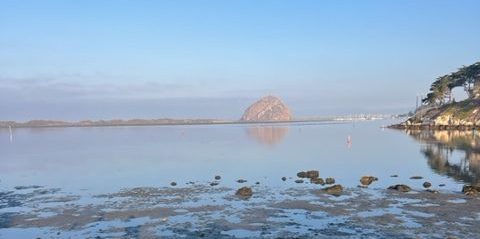
There are so many wonderful places to go birding in California. You have the sea, the mountains, desert habitats, islands, forests – it seems as if there are endless ways to entertain yourself in the Golden State. I try to find a way to escape the gray and gloom of my home in Oregon each winter, and California has so many destinations for a quick and easy trip. This year, the Morro Bay Bird Festival provided me with respite from sideways rain pounding at the windows and helped me with the minimum Vitamin D requirement a person needs.
I have driven Highway 101 many times but have somehow missed the ginormous rock that imposes over the beachy town of Morro Bay. Of the places we birded around the county on our short trip here, this was one of the most interesting spots. Morro Rock stands just under six hundred feet tall and is one of several volcanic plugs remaining from extinct volcanos. It has long fascinated humans, with the local tribes considering it a sacred site. Spanish explorers left diary entries about seeing it, and even today, we cannot get enough of the interesting formation.
We visited Morro Bay in January, so it is not the nesting season for any of its breeders. However, if you did visit in the spring, you would likely see three cormorant species and two gull species, among other species. But the real thing to see here is the Peregrine Falcons.
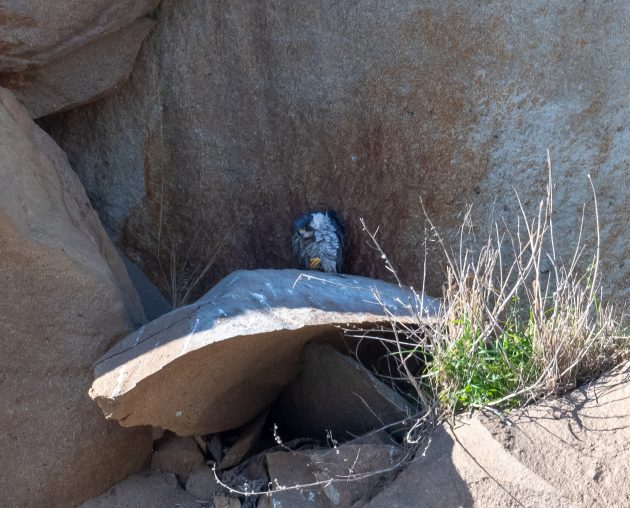
Peregrine Falcons were one of the species that was hit hard by the use of DDT as a pesticide in the 1950s-70s. These chemicals were transmitted up the food chain and bioaccumulated in many species. DDT caused several issues in the food chain, one of which was the thinning of eggshells that could not survive incubation. Due to the massive decline in these species, many conservationists and researchers mobilized to save the species. Peregrine Falcons were added to the California endangered species list in 1970, with only five breeding pairs remaining in the state. One of the two remaining nesting sites was at Morro Rock. A research group stepped in to switch out the eggs with captive eggs that had not been exposed to DDT. The wild eggs were hatched in captivity and raised till they could be released into the wild. Fortunately, these conservation efforts and DDT restrictions worked, and we can now see this species more commonly in the wild.
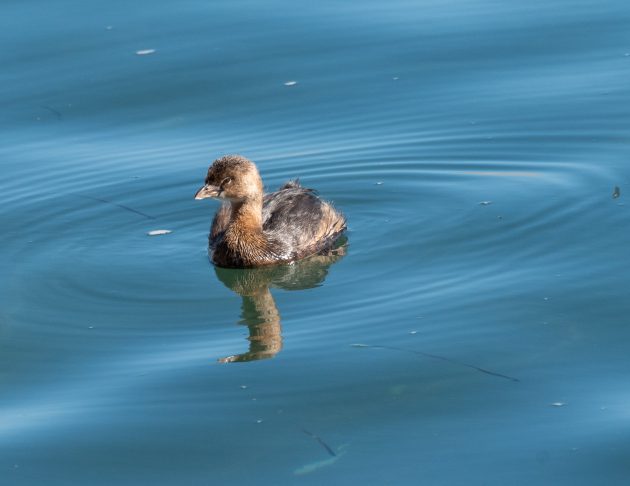
Also along the walking path around the rock are several Common Loons, Horned, Eared, and Pied-billed Grebes, and Brandt’s Cormorants. Shorebirds poke around the edge of the water during low tide with good looks at Long-billed Curlew, Black Oystercatchers, and Willets. My favorite was singing Canyon Wrens, skulking Rock Wrens, and graceful Say’s Phoebes. It is a pleasant walk when the wind is not too strong! If you hit it at the right time, the sun setting over the ocean is worth it, or stroll down to the restaurants and find one with a west-facing window to watch the sunset with a glass of wine.
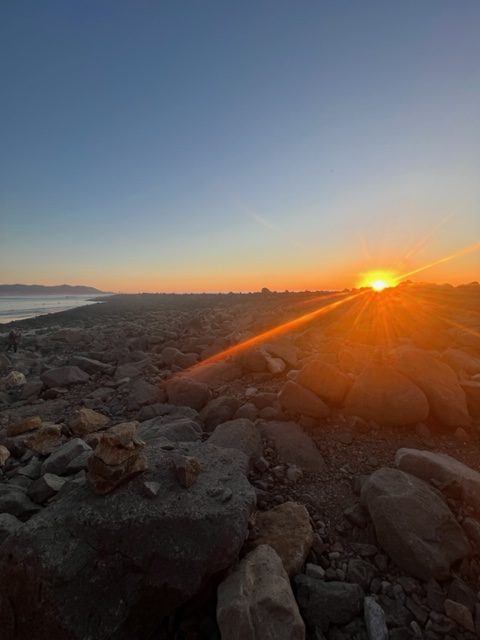
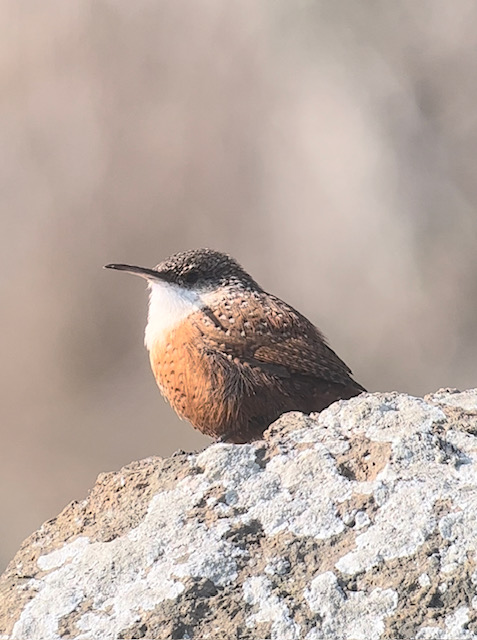
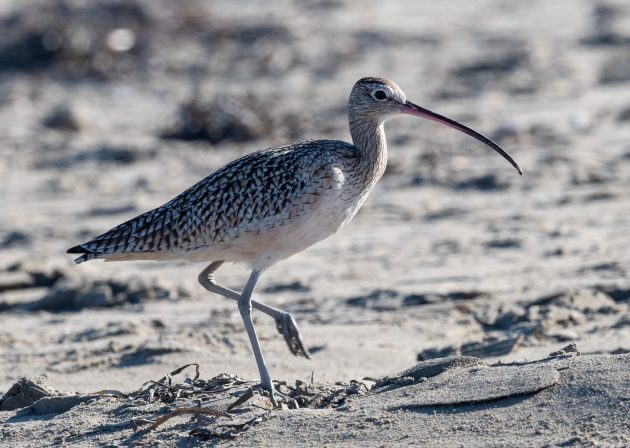
Morro Bay State Park is a popular destination for all kinds of recreationists. On a sunny day, you can find families strolling, fishers, surfers, birders, SCUBA divers, and more. The Peregrine Falcons certainly attract a crowd, but not like the sea otters. From the walking path, you can easily see sea otters sleeping all wrapped up in the kelp, playing with their pups, banging rocks on clams to feed, and goofing off. This is not to be missed! Not only are they cool, but they are also adorable!
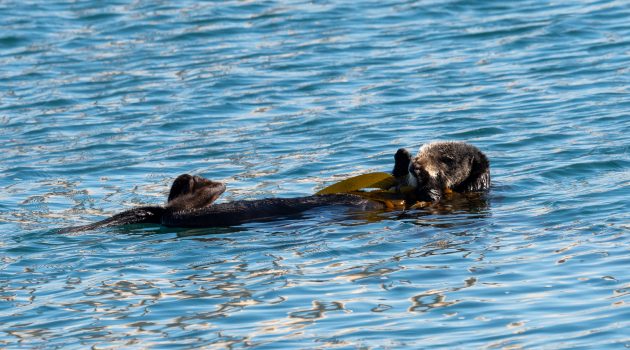
Just down the road is the Morro Bay Harbor, a manufactured harbor created when the US Army Core of Engineers built the artificial breakwater. It extends four miles south of the entrance at Morro Rock and creates a slower, brackish habitat for a number of wading birds. We only briefly explored this spot, but it deserves longer! In the brief time we birded this spot, we had great looks at California Thrashers, Wrentits, Common Mergansers, and much more!
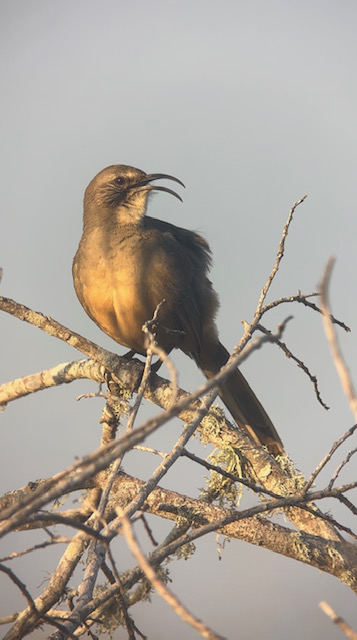
The Morro Bay Bird Festival gave us an excuse to visit this incredible area with so much to offer. We were busy from dawn to dusk with birding festival events, exploring the area’s beautiful nature, and, of course, sampling a few locally made beers. But there is more to see, and I hope to return to the land of Three Stacks and a Rock again!






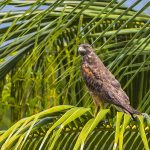
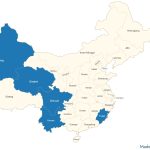
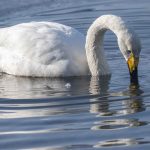
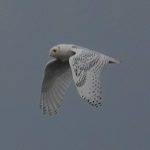
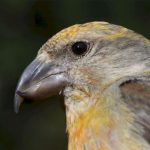
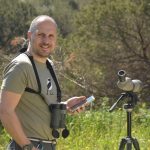
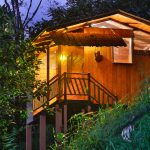
Leave a Comment